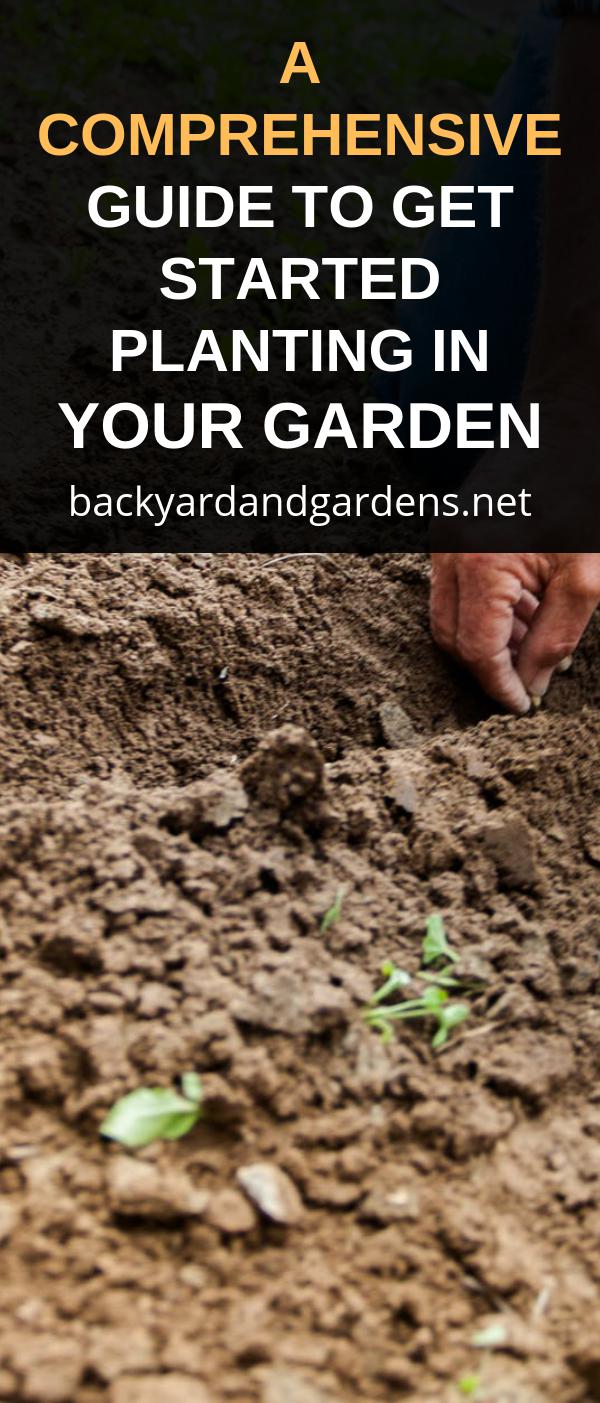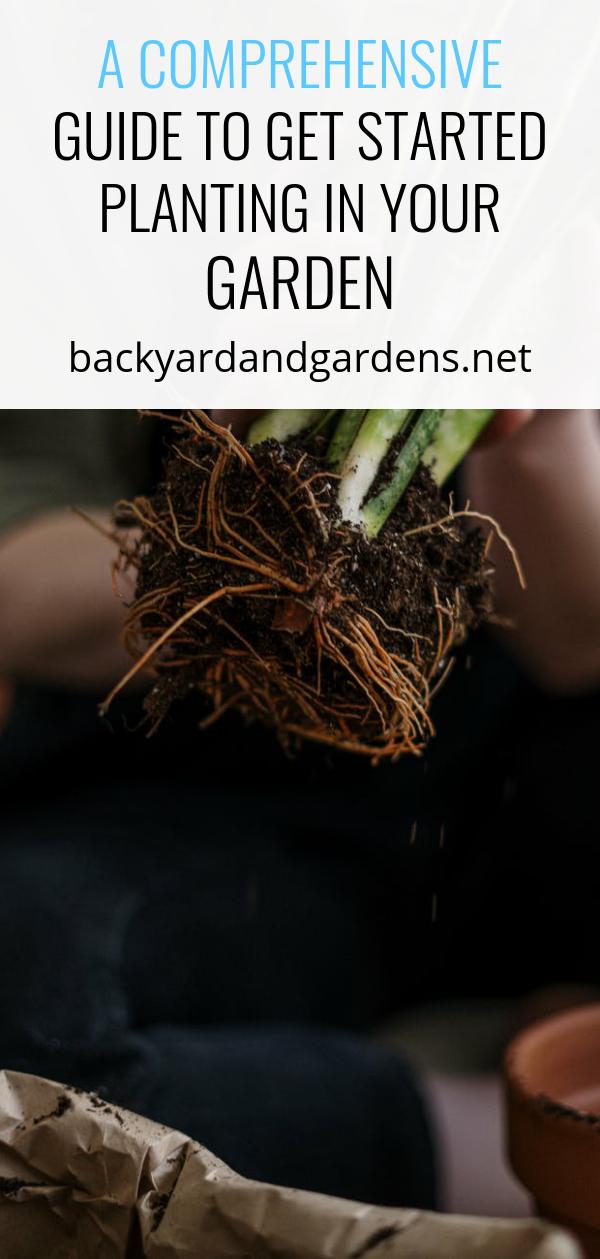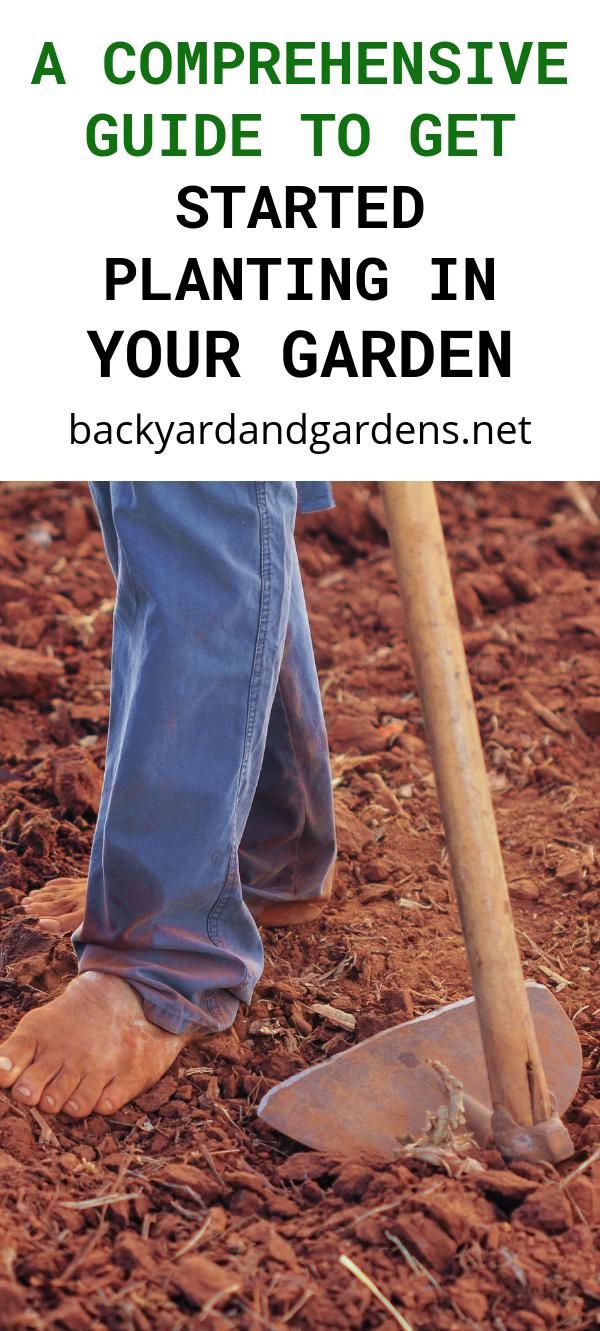A Comprehensive Guide to Get Started Planting in Your Garden
Planting is one of the most important activities of a gardener, especially if you want to take good care of your plants. A well-planned garden can be a source of joy for those who love gardening, and it can be an eye-opener for those who have never been on a gardening adventure. However, for those who wish to take good care of their plants, planting the proper amount of garden is crucial. Failure to plant the right number of garden beds can spell disaster for any gardener.
When planting, consider the following: time and space. How much space do you have to plant your garden? What time of year is it? A good rule of thumb is to get as much of a garden as you can in the amount of space you have. That will help prevent future problems in having to completely dig up the garden because there is nothing there when you are done with the planting.

Another thing to think about is the number of extra pots that you may need in order to hold your plants. There is a considerable amount of extra space to plant as opposed to a regular yard. However, remember that you will still need to plan ahead and make sure that there is a supply of extra pots or containers on hand.
How often should you water? This is one of the most basic questions when it comes to the proper amount of watering of your garden. Any time you water your plants, you will want to make sure that they are watered thoroughly and fast. This will keep them healthy and will help prevent insects and diseases.
When should you not water your plants at all, unless you are prepared to water them on a regular basis? Again, there are various ways to answer this question. A good way is to assess how much time your plants spend in the sunlight.
Plants that are closer to the ground will take less sunlight. If you only plant these plants in the shade, you may want to consider having them watered every so often to prevent damage from frost. You also want to make sure that the plants in the shade are getting at least two hours of sunlight per day, and then apply a generous amount of fertilizer to the soil and the plants.
If you are planting in well-drained soil with clay content, you will need to water the plants on a constant water. Water the plants thoroughly as soon as they have finished growing and start watering them again when they are just about to dry out completely. If you wait too long, the clay in the soil will trap moisture and will make the garden very wet.
Having shade over your plants is a great way to keep them healthy and happy. With the sun beating down on them every day, you want to make sure that they are protected from direct sunlight. Planting shade trees, shrubs, and grasses will do this job for you. They will shade your plants from the hot summer sun, and help prevent the growth of mildew, fungus, and mold.
Another good thing to do with this kind of garden is to water plants that are near to your irrigation system. This will help to prevent the roots from drying out or cracking. There are some of these plants that come from the shade that can easily grow into your lawn. However, if they are planted near your irrigation system, the roots will be kept moist, allowing them to thrive and survive through drought conditions.

Plants that grow in the garden are constantly threatened by pests, diseases, and insects. Make sure that you follow all recommendations given by experts in the gardening industry in order to ensure that your plants are safe and secure. Unfortunately, some plants do not easily tolerate certain insects or diseases.
There are many types of pests that can take care of some of your plants. Sometimes it can take some time to get rid of these pests, but the good news is that you can use pesticides that can eliminate them and keep others away. The best way to keep pest control under control is to make sure that you have very high quality and effective sprays, and pesticides on hand. That way, you will be able to spend more time enjoying your garden than worrying about pests.
